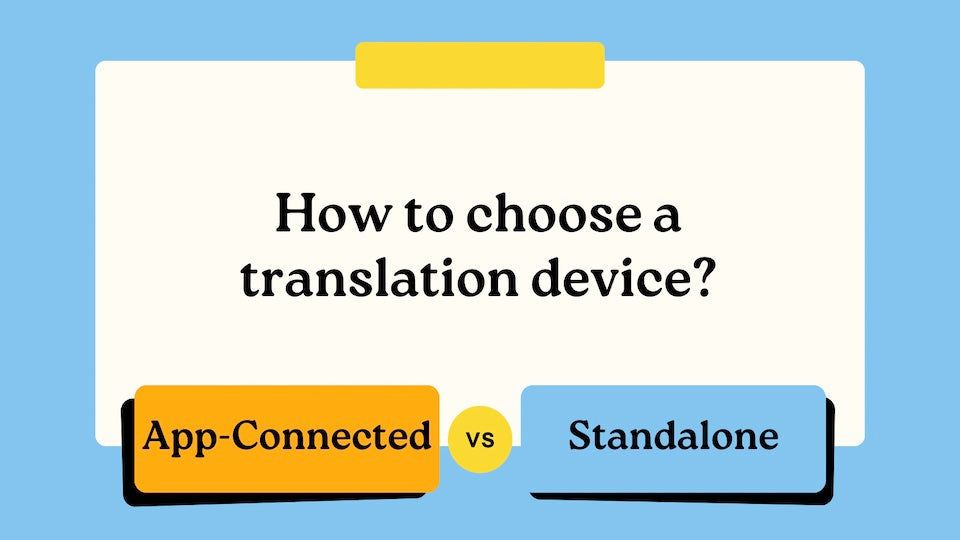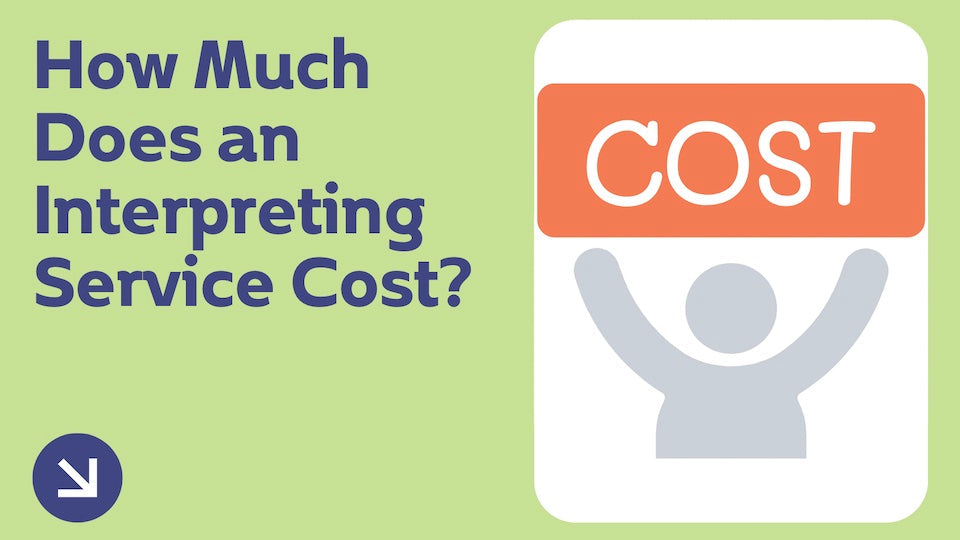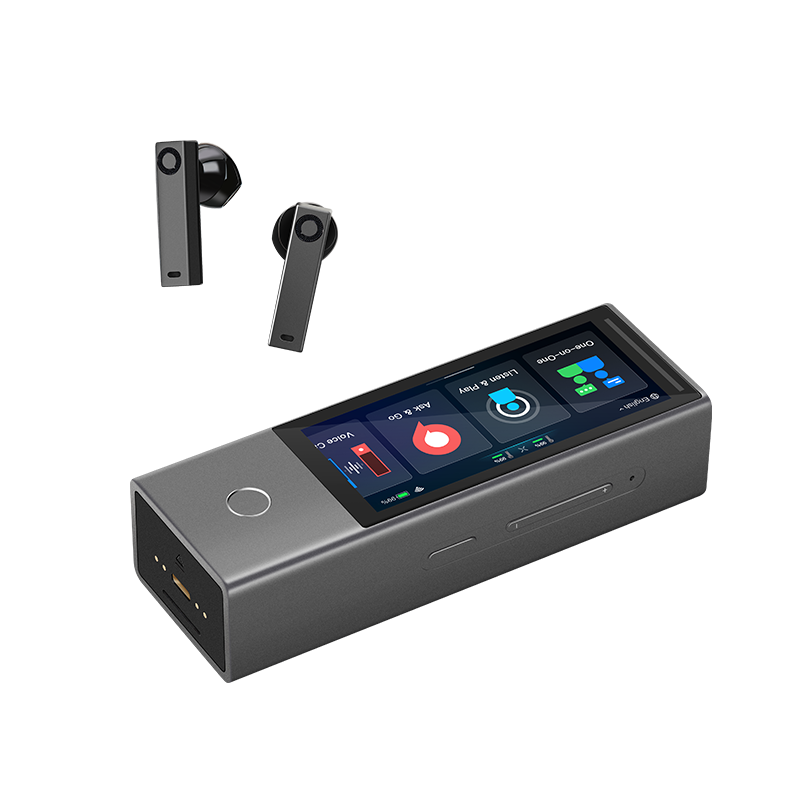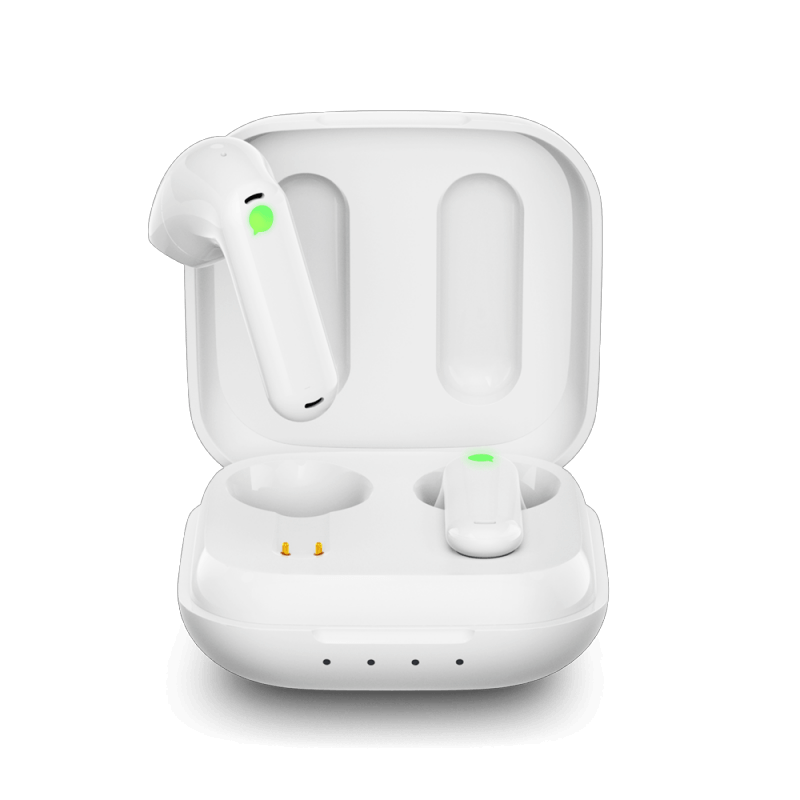
The Ultimate Guide: How Long Does It Really Take to Learn a New Language?
Learning a new language is so much fun! One big question everyone asks is, "How long will it take?" I’ve learned several languages myself and taught many students and I can tell you the answer depends on a few things. But with the right plan and attitude you can learn a language and have a blast doing it!
How Long Does it Take to Learn a New Language?
The time it takes to learn a new language can vary significantly, typically ranging from 3 months to 2 years for conversational fluency. However, achieving native-like proficiency can take much longer.
From what I’ve seen most people can get to a pretty good level—where they can talk about everyday things—in about 6 to 12 months if they study and practice regularly.
For example when I learned Spanish I could have basic conversations after about 6 months because I practiced every day. But to feel really confident like when talking in a job or with native speakers it took me almost 2 years. That’s because learning a language isn’t just about words and grammar—you also need to learn about the culture and special phrases that make the language come alive!
Alternative (and Fastest) Way to Learn a New Language: Translation Earbuds
Learning a new language is so much fun—but did you know there’s an alternative way to get started quickly? Translation earbuds are special devices that can translate speech in real time between two languages. So you can talk to someone in another language without having to memorize tons of vocabulary right away.
They don’t replace actually learning a language (because real fluency takes practice), but they’re great for quick conversations while traveling, meeting new people or doing daily tasks in a new country. They let you dive right in without fear of not understanding, making your first steps much easier and less scary.
Many learners use translation earbuds as a shortcut at the beginning while they also study the language more deeply over time. It’s like having a personal interpreter in your ear—one of the fastest ways to get talking and building confidence in a new language! Of course, you can also use them as your language learning aids
7 Key Factors That Influence Your Language Learning Journey

Several elements can impact how quickly you progress in your target language:
1. The Language You Choose
Some languages are easier for English speakers to learn. For example French is closer to English so it might feel simpler than something like Chinese which has a whole different alphabet and sounds. Languages with unique writing systems (like Arabic) or ones that use tones (like Mandarin) take longer to get the hang of.
2. What You Want to Achieve
Why are you learning this language? If you just want to chat with people while traveling you’ll probably learn faster than if you want to read books or use the language for work. Big goals like being super fluent take more time because you’ll have to learn tricky grammar and special words.
3. How Excited and Positive You Are
Staying pumped about learning is super important! If you’re learning for a cool reason like a trip or to talk to family you’ll likely improve faster. Don’t get upset about mistakes – they’re part of learning! Set small goals like learning 10 new words a week and celebrate when you hit them to keep yourself motivated.
4. Languages You Already Know
If you’ve learned a language before it can help you pick up a similar one faster. For example knowing Spanish made it easier for me to learn Portuguese because they share a lot of words and grammar. Plus if you’ve learned a language before you probably know some tricks that make studying easier.
5. Learning Methods and Teachers
Good teaching and fun methods matter. Mix it up with language games, apps or practising with real people. A good teacher can figure out how you learn best and give you tips to improve. Personalized lessons help you tackle the bits you struggle with.
6. Tools and Resources You Use
There are loads of great tools out there like apps, podcasts or language exchange buddies. You can watch videos if you like visuals or listen to podcasts if you learn better by hearing. Talking to native speakers online or joining language groups can give you real-life practice and fun cultural facts.
7. How Much Time You Put In
Practising a little every day, even just 30 minutes, works better than studying for hours once in a while. Daily practice keeps the language in your brain. Try to make it part of your routine, like brushing your teeth, so it feels natural and not like a chore.
Estimated Learning Times by Proficiency Level
Based on my experience and widely accepted language learning frameworks, here's a general timeline for different proficiency levels:
Beginner (A1 - A2)
- A1 Level: 60-100 hours
- A2 Level: Additional 80-100 hours
At this stage, you'll be able to introduce yourself, ask basic questions, and navigate simple conversations. You'll learn essential vocabulary and phrases that allow you to handle everyday situations, such as ordering food, asking for directions, and making small talk. This foundational knowledge is crucial for building confidence and encouraging further learning.
Intermediate (B1 - B2)
- B1 Level: Additional 150-200 hours
- B2 Level: Additional 200-250 hours
You'll be able to discuss familiar topics, express opinions, and understand the main points of complex texts. This level involves expanding your vocabulary, improving your listening skills, and gaining confidence in speaking. You'll be able to participate in discussions on topics like work, hobbies, and current events. The ability to express opinions and engage in more complex conversations marks a significant milestone in your language journey.
Advanced (C1 - C2)
- C1 Level: Additional 250-300 hours
- C2 Level: Additional 300-400 hours
At these levels, you'll have near-native fluency, able to understand and express complex ideas with ease. You'll be capable of nuanced communication, understanding idiomatic expressions, and engaging in sophisticated discussions. This level is often required for academic or professional purposes. Mastery at this stage allows for deep cultural understanding and the ability to navigate a wide range of social and professional contexts.
How Hard Is the Language?
Some languages are easier for English speakers to learn, others are harder. The Foreign Service Institute (FSI) groups languages by difficulty. Here’s how they break it down:
Easy Languages (24-30 weeks, 552-690 class hours)
-
Examples: Spanish, French, Italian, Portuguese, Dutch
These languages are easy because they’re a lot like English. They share similar words and grammar rules, often from the same roots (like Latin). That makes them quicker to pick up.
Slightly Harder Language (Approximately 36 weeks, 828 class hours)
-
Example: German
German is a bit tougher because of extra grammar rules, like special word endings and gendered nouns (like “der” or “die”). But it shares some words with English and the rules are logical, which helps.
Medium Difficulty Languages (900 hours, about 36 weeks)
-
Examples: Indonesian, Swahili, Malaysian
These languages have simpler grammar but new words and sounds. They come from different cultures, that’s fun and interesting. The grammar is easier but you’ll need to practice pronunciation.
Harder Languages (Approximately 44 weeks, 1,012 class hours)
-
Examples: Russian, Vietnamese, Turkish, Polish
These languages have tougher grammar and sounds. Some have different alphabets so you’ll spend more time learning to read and write. It’s hard but opens up new ways of seeing the world.
Hardest Languages (88 weeks, 2200 class hours)
-
Examples: Arabic, Chinese, Korean, Japanese
These are the hardest for English speakers. They have unique writing systems, tricky sounds (like tones in Chinese) and complex grammar. Learning them takes a lot of work but it’s worth it to connect with amazing cultures.
These times are just estimates for reaching a professional level. Your own journey might be faster or slower depending on how you learn, the tools you use, and how much you practice. Stay flexible, keep practicing, and you’ll get there!
Understanding Language Proficiency Scales
Want to know how good you are at a language? Two popular scales can help you figure it out:
Common European Framework of Reference (CEFR)
The CEFR is like a ladder with levels from A1 (total beginner) to C2 (super fluent, like a native). It’s used a lot in Europe and looks at how well you listen, read, speak, and write. It’s a great way to see where you’re at and set goals to get better.
Interagency Language Roundtable (ILR) Scale
This scale is more common in the U.S. and goes from 0 (no skills at all) to 5 (like a native speaker). It’s great for checking how well you can use a language in real-life situations, like at work. Knowing these scales helps you set realistic goals and track your progress.
Expert Tips to Accelerate Your Language Learning
- Dive into the language: Watch movies, listen to music, or check out podcasts in the language you’re learning. This helps you get used to how the language sounds and feels. You’ll also pick up cool cultural stuff, like slang or jokes.
- Practice every day: Even just 15 minutes a day is better than cramming for hours once a week. Daily practice keeps the language fresh in your brain and builds a habit that helps you improve over time.
- Talk to native speakers: Find someone who speaks the language fluently to chat with. They can help you practice real conversations and share tips about their culture. Plus, it’s fun to make a new friend!
- Learn the most useful words first: Start with the 1,000 most common words in the language. These words are used all the time, so you’ll be able to understand and talk in basic conversations faster.
- Use spaced repetition: Review what you’ve learned every few days, then wait longer each time. This trick helps you remember words and grammar for the long haul.
- Set small goals: Celebrate when you hit small milestones, like learning 10 new words or having a short conversation. These wins keep you motivated and make learning fun.
- Don’t be afraid of mistakes: Messing up is totally normal! Every mistake teaches you something new. Think of them as steps toward getting better, not as failures.
Learning a language takes time, like training for a big race. Enjoy the process and all the cool things you’ll discover about the culture. Every step gets you closer to speaking fluently and connecting with new people.
Ready to jump into learning a language? What language do you want to learn, and why? Maybe it’s for a trip, a job, or just for fun. Share your thoughts below, and let’s start this awesome adventure together!



















